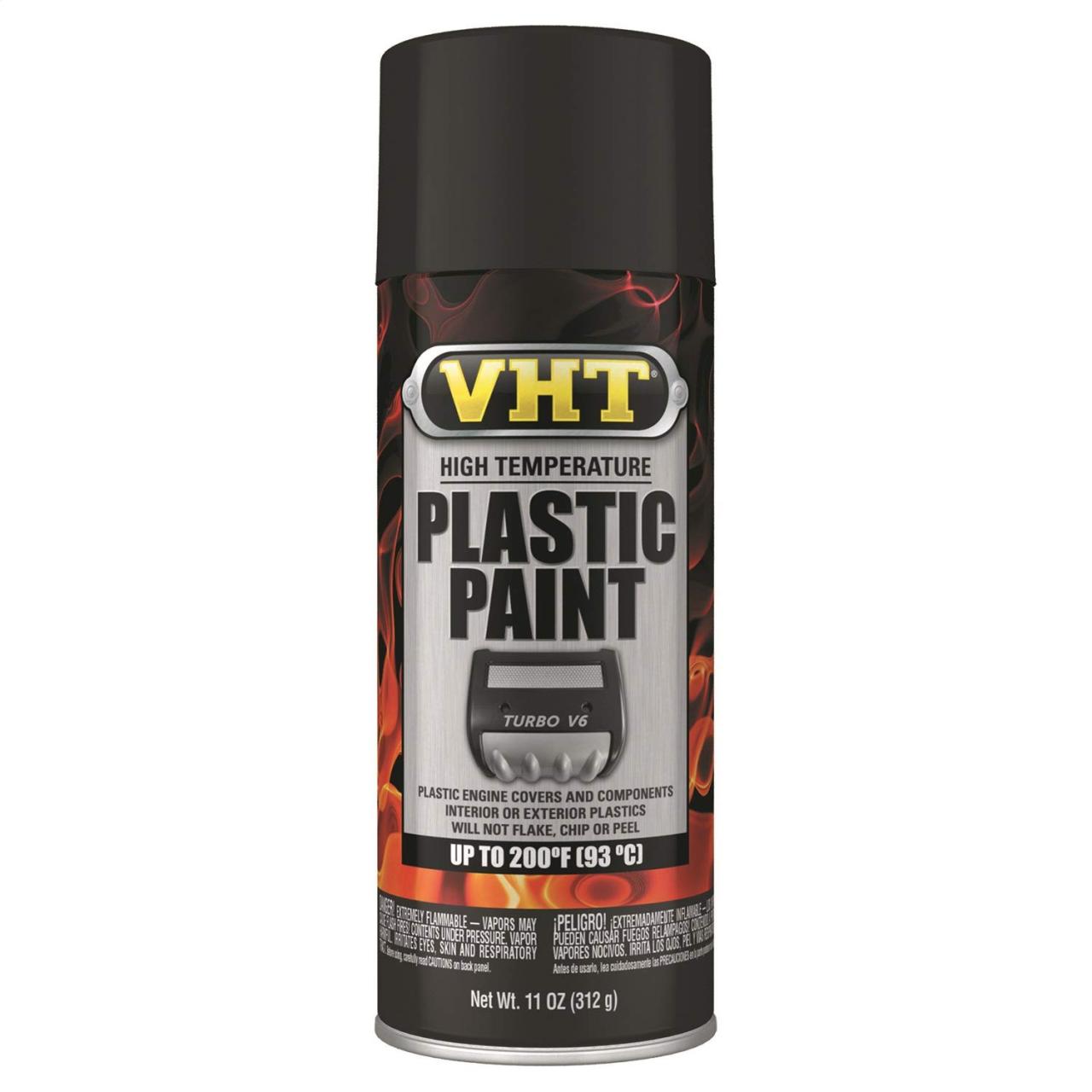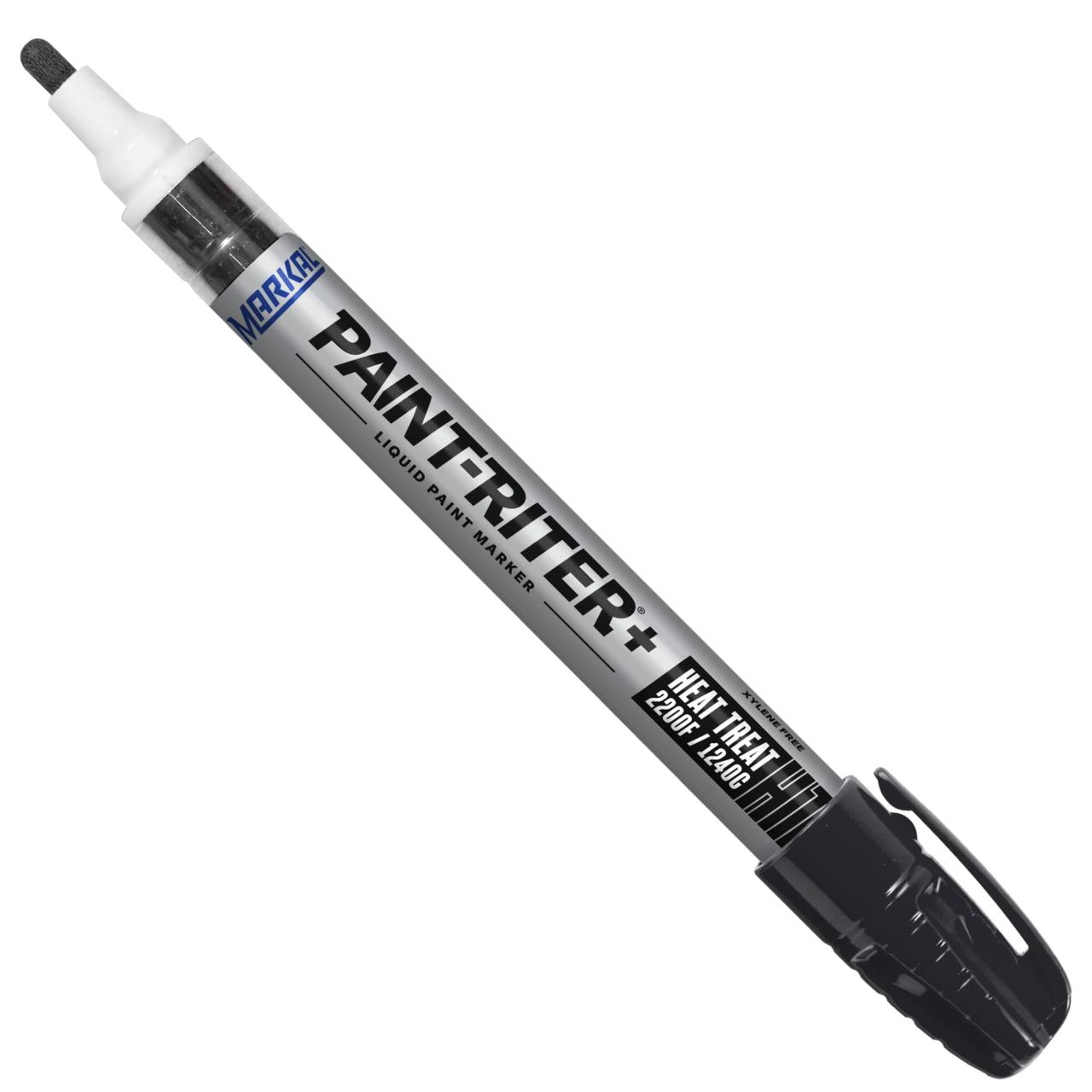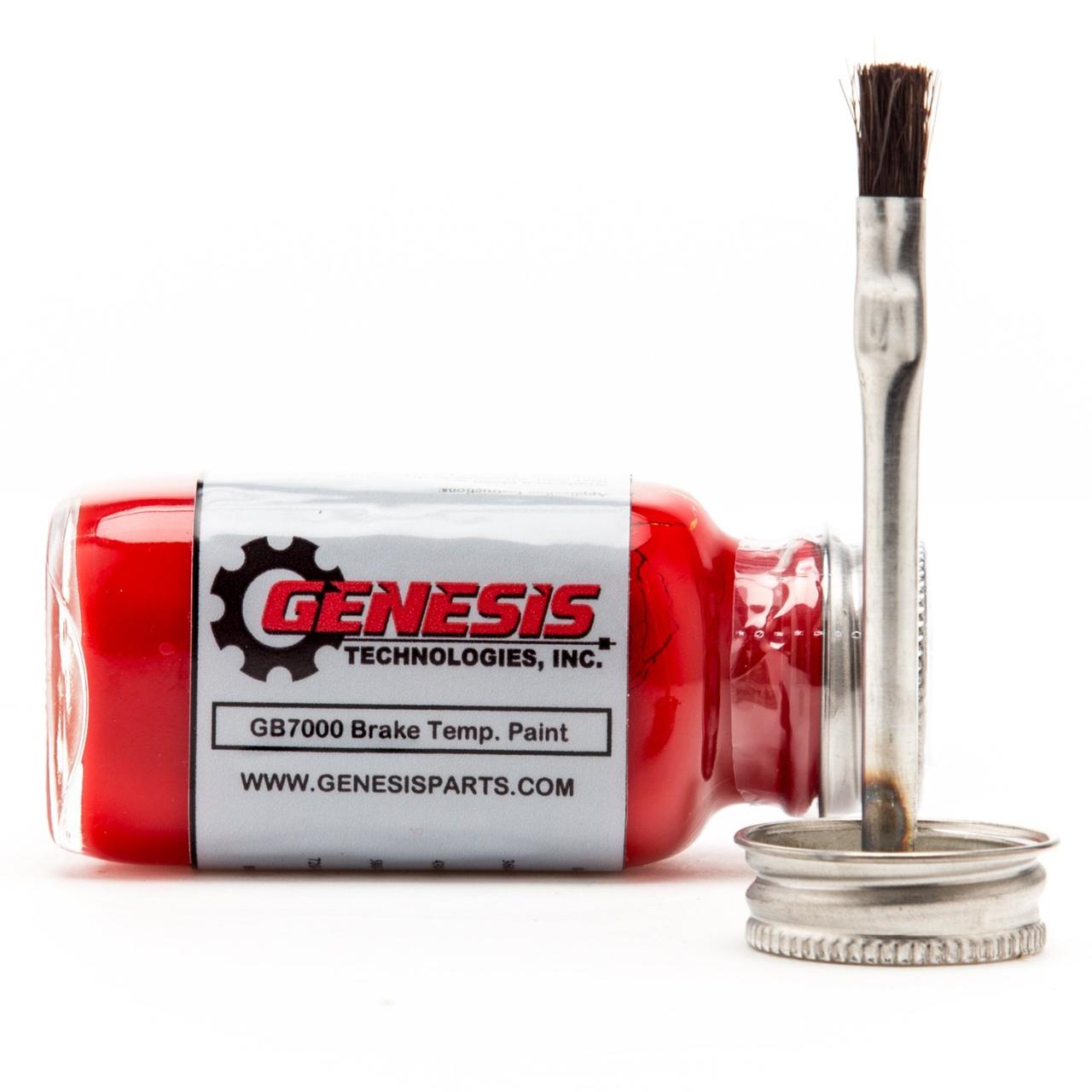Best Temperature to Paint Car: Tips and Recommendations
Painting your car is a great way to give it a fresh new look, protect it from the elements, and increase its resale value. However, painting a car is not a task to be taken lightly, and it requires a lot of preparation and attention to detail. One of the critical factors that can affect the quality of your car’s paint job is the temperature at which you paint it.
The ideal temperature for painting a car is between 60 and 75 degrees Fahrenheit (15 to 24 degrees Celsius). Painting your car in temperatures outside this range can cause a variety of problems, such as the paint not adhering properly, drying too quickly, or not drying at all. If you’re painting your car in a garage or a shop, you can control the temperature by using heaters or air conditioners.
When it comes to painting a car, the type of paint you use is also crucial. There are two main types of automotive paint: water-based and solvent-based. Water-based paint is more environmentally friendly and easier to clean up, but it requires a higher temperature to dry properly. Solvent-based paint is more durable and can be used in lower temperatures, but it emits more harmful fumes and requires more extensive safety precautions.
To ensure that you get the best results when painting your car, it’s essential to pay attention to the temperature and type of paint you use. By following these guidelines, you can achieve a professional-looking paint job that will last for years to come.
Best Temperature to Paint Car
When it comes to painting your car, achieving the perfect temperature is crucial. A temperature that is too high or too low can negatively impact the quality of the paint job and result in a less durable finish. That’s why we’ve put together a list of the best temperature to paint car, so you can ensure your car looks its best and lasts for years to come. Check out our top picks below.
POR-15 Red Caliper Paint

We highly recommend the POR-15 Red Caliper Paint for those looking for a high-quality and long-lasting coating for their brake calipers.
Pros
- The POR-15 Caliper Paint is formulated for high heat performance applications, making it perfect for use on brake calipers.
- It has excellent coverage properties, comes in 5 brilliant ceramic-like colors, and can withstand temperatures up to 350°F, making it perfect for use on any vehicle.
- When used in conjunction with the POR-15 3-step system, this paint will inhibit rust and prolong the life of your calipers.
Cons
- The application process can be time-consuming, as it requires the use of the POR-15 3-step system to achieve the best results.
- Some users have reported that the paint can be a little runny, which can make application more difficult.
- The vapors from the paint can be strong, so it is recommended that you use it in a well-ventilated area.
The POR-15 Caliper Paint is a durable and long-lasting coating that will provide a tough and attractive finish on your brake calipers. We found that the application process was straightforward, but it did require the use of the POR-15 3-step system to achieve the best results. The paint went on smoothly and evenly, and we were pleased with the coverage and finish.
One of the standout features of this paint is its high heat performance, which makes it perfect for use on brake calipers. It can withstand temperatures up to 350°F, which is more than enough for most vehicles. Additionally, the paint is formulated to resist brake dust produced by harsh braking conditions, which helps to keep your calipers looking clean and attractive.
Overall, we were very impressed with the POR-15 Caliper Paint. It is a high-quality product that provides excellent coverage and a durable finish. If you’re looking for a long-lasting solution for your brake calipers, we highly recommend giving this paint a try.
Rust-Oleum 248903 12-Ounce 2000 Degree, Flat Black Automotive High Heat Spray Paint, 12 Ounce (Pack of 1) 12 Ounce (Pack of 1) Flat Black Spray Paint

We highly recommend the Rust-Oleum 248903 12-Ounce 2000 Degree, Flat Black Automotive High Heat Spray Paint for anyone looking to paint their car in extreme temperatures. This product is formulated to withstand temperatures up to 2000 degrees Fahrenheit and is perfect for automotive parts exposed to high heat.
Pros
- The Rust-Oleum High Heat Enamel Spray Paint is gas and oil-resistant, making it ideal for automotive parts exposed to intermittent temperatures up to 2000°F including exhaust, manifolds headers, and more.
- This product has a rust-preventive formula that resists oil, gas, grease, and environmental elements including rust, salt, humidity, and more.
- The any-angle spray with comfort tip allows the can to be sprayed in any direction, even upside down. It dries to touch in 30 minutes and covers up to 10sqft. For optimal performance, allow the product to fully cure according to instructions on the label.
Cons
- This product has a matte finish, which may not be suitable for those looking for a glossy finish.
- The Rust-Oleum High Heat Enamel Spray Paint is only suitable for metal surfaces.
- The product may require several coats to achieve the desired finish.
We found the Rust-Oleum High Heat Enamel Spray Paint to be an excellent product for painting automotive parts exposed to high heat. The paint is easy to apply and dries quickly, providing a durable, long-lasting finish that helps items last. The any-angle spray technology with unique comfort spray tip reduces finger fatigue while painting, making it easy to use even for extended periods.
Overall, we believe that the Rust-Oleum High Heat Enamel Spray Paint is a great choice for anyone looking to paint their car in extreme temperatures. It provides excellent protection against heat and environmental elements, making it a reliable choice for automotive parts.
VHT High Temperature Plastic Paint Spray

If you’re looking for an easy-to-use, high-quality spray paint for plastic, then VHT High Temperature Plastic Paint Spray is definitely a product you should consider.
Pros
- This VHT spray paint adheres directly to automotive grade plastics without the need for sanding or a plastic adhesion promoter.
- It’s resistant to oil and other automotive fluids and will not flake, chip or peel.
- Featuring an easy-to-use spray nozzle, this automotive paint ensures maximum coverage for a long-lasting finish.
Cons
- The product may not be suitable for use on all types of plastics.
- The spray can be messy to use, so it’s important to take care when applying the paint.
- The product is relatively expensive compared to other automotive spray paints.
We recently used VHT High Temperature Plastic Paint Spray to paint the engine covers and shroud components of our car, and we were impressed with the results. The spray paint adhered well to the plastic surfaces, and we didn’t have to spend time sanding or using a plastic adhesion promoter. The paint dried quickly, and we were able to handle the parts within an hour of applying the paint.
One of the standout features of this product is its resistance to oil and other automotive fluids. We were pleased to see that the paint didn’t flake, chip, or peel even after several weeks of use. The spray nozzle was also easy to use, and we were able to achieve good coverage with minimal effort.
However, we did notice that the product may not be suitable for use on all types of plastics. We recommend testing the paint on a small, inconspicuous area before applying it to larger surfaces. Additionally, the spray can be messy to use, so it’s important to take care when applying the paint.
Overall, we highly recommend VHT High Temperature Plastic Paint Spray for anyone looking for a high-quality spray paint for plastic. While it may be relatively expensive compared to other automotive spray paints, we believe it’s worth the investment for the quality of the results it delivers.
Markal 97303 – Paint-Riter Heat Treat – Fast-Drying Liquid Paint Marker for High-Temperature Resistance- Can Withstand Temperature of up to 2,200 °F (1,204°C) Black Color

If you’re looking for a fast-drying liquid paint marker that can withstand high temperatures, the Markal 97303 Paint-Riter Heat Treat is a great choice.
Pros
- The PrismaLock technology used in this marker ensures long-lasting colors, even at high temperatures of up to 2,200 °F (1,204°C).
- The black color is perfect for marking on metals, glass, and ceramics.
- The marker has a metallic finish, which makes it easy to see even in low light conditions.
Cons
- The marker may not work as well on some surfaces, such as plastic.
- Some users have reported issues with the ink running out quickly.
- The price may be higher than other similar markers on the market.
We recently used the Markal 97303 Paint-Riter Heat Treat marker for some high-temperature applications, and we were impressed with its performance. The marker dried quickly and the black color was easy to see on the metal surface we were marking. We also appreciated the metallic finish, which made it easy to see even in low light conditions.
One thing to keep in mind is that the marker may not work as well on some surfaces, such as plastic. Additionally, some users have reported issues with the ink running out quickly, so it may not be the best choice for long-term projects.
Overall, if you need a fast-drying liquid paint marker that can withstand high temperatures, the Markal 97303 Paint-Riter Heat Treat is a solid choice. While it may be a bit more expensive than other markers on the market, its performance and durability make it worth the investment.
Genesis Brake Temp Paint – 1 fl. oz.

If you’re looking to improve your lap times, then the Genesis Technologies Brake Temperature Paint might be just what you need. We’ve had the chance to try it out, and here’s what we think:
Pros
- The temperature range of 0° to 800° Celcius (0° to 1471° Fahrenheit) is the widest we’ve seen in one bottle.
- The six color change from cold to hot makes it easy to read temperature readings.
- The metal cap with a horsehair brush allows for quick and easy application on any surface.
Cons
- The bottle only contains 1 fluid ounce of paint, so it might not last very long if you need to use it frequently.
- The flash point of 12.22 Degrees Celsius is relatively low, so you need to be careful when handling it.
- The plastic carrying jar might not be very durable if you’re carrying it around a lot.
Overall, we think that the Genesis Technologies Brake Temperature Paint is a good choice if you’re looking to improve your lap times. It’s easy to use and provides a wide temperature range, which is especially useful if you’re using race or semi-race compound pads that require a temperature range of 300° to 800° Celsius. Just be careful when handling it, and keep in mind that the bottle only contains 1 fluid ounce of paint.
If you’re interested in trying it out for yourself, you can find it on Amazon.
Buying Guide
When it comes to painting your car, choosing the right temperature is crucial to achieve a professional-looking finish. To make the best choice, there are several factors to consider.
First, you should look for a paint product that is specifically designed for your car’s make and model. This will ensure that the paint adheres properly and matches the original color. You should also consider the type of paint you want to use, such as enamel, acrylic, or urethane.
Second, you should pay attention to the temperature requirements of the paint product you choose. Most paints have a recommended temperature range for optimal performance. If the temperature is too low, the paint may not dry properly, and if it’s too high, the paint may dry too quickly, resulting in a rough finish.
To help you choose the right product, we’ve created the following table:
| Paint Type | Recommended Temperature Range |
|---|---|
| Enamel | 60°F to 90°F (15°C to 32°C) |
| Acrylic | 55°F to 85°F (13°C to 29°C) |
| Urethane | 70°F to 85°F (21°C to 29°C) |
Third, you should also consider the temperature of your workspace. Ideally, the temperature should be within the recommended range of the paint product you choose. If the temperature is too low, you may need to use a heater to warm up your workspace. If the temperature is too high, you may need to use a fan or air conditioning to cool down your workspace.
In summary, choosing the right temperature is essential to achieve a professional-looking finish when painting your car. By considering the type of paint, the recommended temperature range, and the temperature of your workspace, you can make an informed decision and achieve the best results possible.
Frequently Asked Questions
What is the ideal temperature range for painting a vehicle?
The ideal temperature range for painting a vehicle is between 60°F and 80°F. This temperature range ensures that the paint will dry properly and adhere to the surface of the vehicle. Any temperature below 60°F can cause the paint to dry too slowly, leading to runs and sags in the finish. Temperatures above 80°F can cause the paint to dry too quickly, resulting in a rough texture on the surface.
How does cold weather affect automotive paint application?
Cold weather can have a significant impact on the application of automotive paint. When the temperature drops below 60°F, the paint will take longer to dry and may not adhere properly to the surface of the vehicle. Additionally, cold weather can cause the paint to become thicker, making it more difficult to apply.
Can a car be successfully painted during hot weather conditions?
While it is possible to paint a car during hot weather conditions, it is not recommended. When the temperature exceeds 80°F, the paint can dry too quickly, leading to a rough texture on the surface. Additionally, hot weather can cause the paint to become thinner, making it more difficult to apply evenly.
What precautions should be taken when painting a car in a cold garage?
When painting a car in a cold garage, it is important to take several precautions to ensure a successful outcome. First, the garage should be heated to at least 60°F to ensure that the paint will dry properly. Additionally, the surface of the vehicle should be warm to the touch before applying the paint. Finally, the paint should be warmed to room temperature before use to ensure that it flows properly.
At what temperature does automotive paint begin to have application issues?
Automotive paint can begin to have application issues when the temperature drops below 60°F or exceeds 80°F. When the temperature is too low, the paint will dry too slowly and may not adhere properly to the surface of the vehicle. When the temperature is too high, the paint can dry too quickly, resulting in a rough texture on the surface.
How does ambient temperature in a paint booth impact the quality of car painting?
The ambient temperature in a paint booth can have a significant impact on the quality of car painting. When the temperature is too low, the paint will dry too slowly and may not adhere properly to the surface of the vehicle. When the temperature is too high, the paint can dry too quickly, resulting in a rough texture on the surface. It is important to maintain a consistent temperature in the paint booth to ensure a successful outcome.